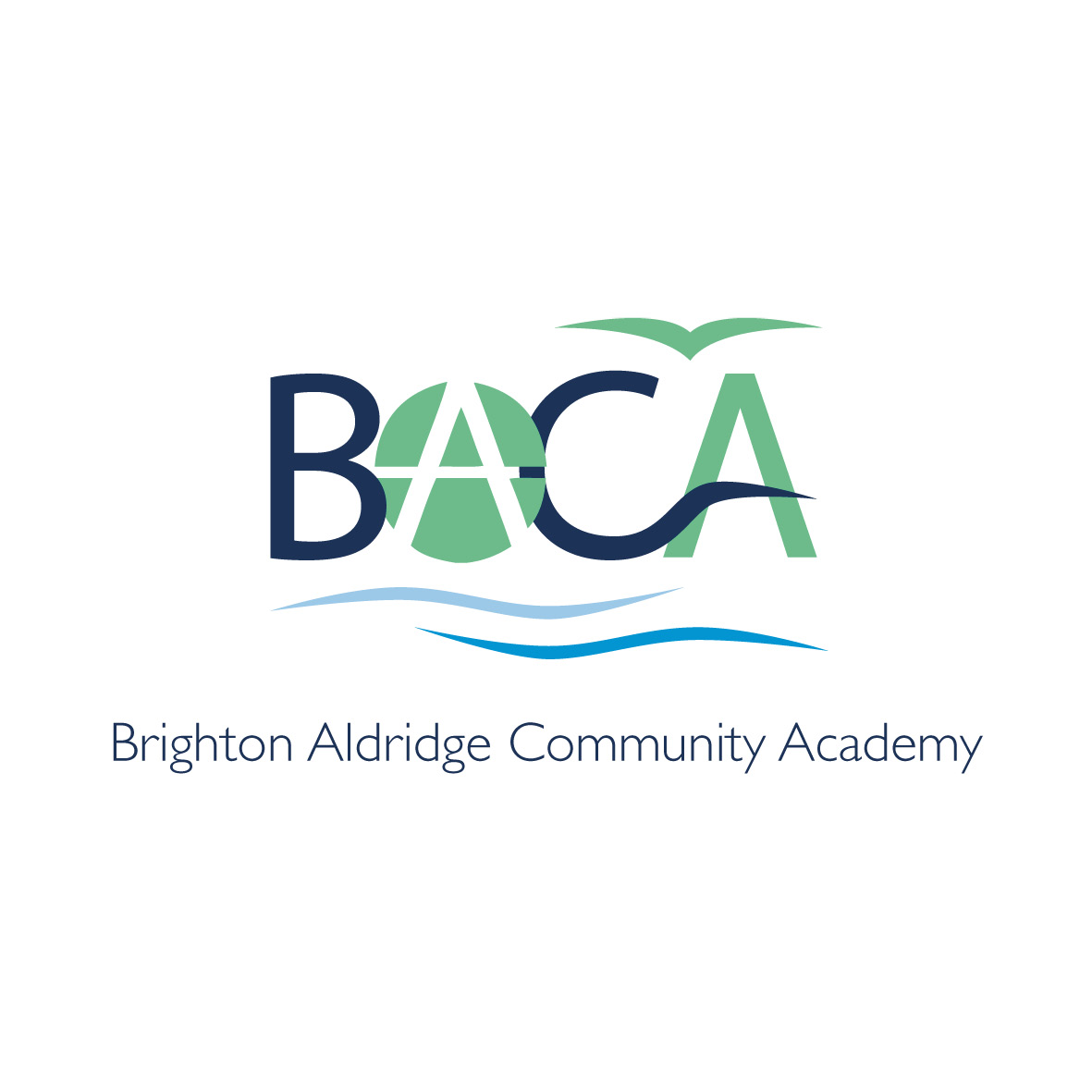Information
-
Document No.
-
Audit Title
-
Client / Site
-
Conducted on
-
Prepared by
-
Location
-
Personnel
BACK YARD AREA
-
Bins - All bin lids are closed
-
Bin yard - Clear of rubbish bags, boxes and all other debris and bin lids closed
-
Back yard free of redundant equipment, furniture, delivery pallets
-
Team smoking area - Away from food delivery entrance
-
Waste Oil - Stored away from the building with lids in place
-
Path way and food delivery entrance - clean and grease free
DELIVERY AND WALK-IN STORAGE AREAS
-
Floors - Clean and Free from damage, including skirting boards
-
Fly Screen - Fitted in good repair
-
Corridors, walls and ceilings leading to food storage areas, are clean and free from flaking paint
-
Walk-in Chiller and Freezer - is clean and is well organised
-
Walk-in Chiller and Freezer - Floors, Shelving or Racking in good condition
-
Door seals of Walk-in Chiller and Freezer are in good condition
CHILLER AND FREEZER -STORAGE OF GOODS
-
All Unfit or Unsaleable food has been discarded (which has not been clearly labelled and identified)
-
Chilled food is within date and chilled/ defrosting food correctly labelled<br><br>
-
Products have been removed from any "Cardboard Packaging" and decanted into gastronomes
-
Fridge Layout - Raw food is stored below cooked or ready to eat food or in such a way as to avoid any risk of cross contamination
-
Is all food defrosted in the chiller ? Is the food thoroughly defrosted before cooking / reheating
-
All food which has been handled or prepared, is stored so as to prevent risk of cross contamination
-
Steaks have been decanted into gastronomes and following the "Grill Master" teachings
DRY / AMBIENT - STORAGE OF GOODS
-
Floors- clean and free for damage, including skirting boards
-
All food products are stored on a shelf <br>(Exception Rapseed Oil)
-
All open products have been decanted into sealed containers and labelled as per labelling guide
-
Food is stock rotated using FIFO ( first in first out)
TEAM FACILITIES
-
Team room and changing facilities are clean and tidy
PERSONAL APPEARANCE AND HYGIENE
-
Food handlers are fit for work?<br>Cuts and open wounds are covered with blue plasters
-
Chefs are in full uniform - clean and laundered
-
Chefs and food handlers hair - Covered or Tied back/Hair net if required
-
Chefs and food handlers have removed jewellery prior to entering the kitchen area
-
Suitable hand wash facilities have been provided
-
Chefs and food handlers show good hygiene practices by washing hands between tasks
BACK KITCHEN AREA
DISHWASHER AREA
-
Floor - Clean and free from damage, including skirting boards
-
Dishwasher is clean and set up correctly
-
Dishwasher Spray Hose is in good working order
-
Dishwasher is working correctly and all chemical posters are displayed
-
Crockery and Glass ware is in good condition
-
Glass and Crockery Breakages - Correctly Managed
-
Wooden Boards - Are washed and stored as per cleaning and maintenance instructions
CLEANING MATERIALS AND PPE
-
Cleaning chemicals are stored safely, in a locked chemical cupboard
-
Only Ecolab Chemicals are used
-
Ecolab Posters are available and displayed
-
Vacleansa - Decarboniser Poster is available and displayed near the decarboniser machine
-
All PPE is available and in good clean condition
-
Cleaning schedule is available and displayed
-
Brushes and Mops and Mop Buckets are stored "clean and, tidy and ready for use
FOOD PREPARATION AREAS
-
Floors - Clean and free from damage, including skirting boards
-
Walls and ceilings are clean and damage free
-
Good separation between Raw, Cooked and Ready to Eat preparation areas
-
Food Prep Sinks are used only for the washing / preparation of food
-
All fresh produce is washed, in either cold running water or chlorinated cold water
-
All food which has been handled or prepared, is stored so as to prevent a risk of contamination
-
Gastronorms and lids for food storage are in good repair
-
Cling film Dispensers have been identified for use i.e. Raw, Cooked or Ready to Eat
-
Cling films Dispensers - Are clean
-
Can Opener - Clean and ready for use
-
Unsatisfactory levels of Cleaning - Posing Contamination Risk
-
Cleaning is effectively managed
DESSERT AREA
-
Floors - Clean and free from damage, including skirting boards
-
Walls and Ceiling are clean and damage free
-
Ambient products have been decanted into a sealed containers and labelled as per Labelling Guide
-
Under and behind units are free of food and debris (including wheels and castors)
-
Dessert Products in session chillers, are thoroughly defrosted
COOK-LINE KITCHEN
-
Floors - Clean and free from damage
-
Walls and ceilings are clean and damage free
-
Baffle filters are clean and in place prior to service and all drip trays are empty
-
Canopy and lighting is clean and free of grease
-
Annul fire system - cooking / reheating equipment is correctly positioned under
-
Flu deflectors positioned correctly on the salamander grill
-
Chargrill and v bars are clean and managed correctly
-
Fryers clean inside and out
-
Rational Oven is clean and we'll maintained
-
All cooking equipment is in good working order
COOK - LINE FOOD SAFETY
-
Chilled food is within date and chilled/ defrosting food correctly labelled
-
Food products in session chillers, are thoroughly defrosted
-
All food which has been handled or prepared, is stored so as to prevent a risk of contamination
-
Chillers and freezers - are clean, in good repair and well organised
-
Temperature probe and wipes available and in use
-
Door seals to chillers and freezers in good condition
-
Under and behind units are free of food and debris (including wheels and castors)
-
Unsatisfactory Levels of Cleaning - Posing Contamination Risk
-
Cleaning is effectively managed
FOOD SAFETY PRACTICES
-
The temperature of all chilled food is +8oC colder
-
A core temperature of 75oC or hotter is reached when cooking or reheating
-
Food is cooled to 8oC within 4 hours of the end of cooking. <br>A record is made for each batch. <br>Cooling time starts at the end of cooking time.
-
Food which is held hot and has fallen below 63oC is consumed within 2 hours OR discarded
-
High Risk foods displayed at room temperature for longer than 4 hours
-
Chilled ready to eat food is at ambient temperature only for the time that is necessary
FOOD MARGIN ESSENTIALS
-
A current working DEFROST LIST is in operation and available
-
A current working PREP AND PAR LEVELS list is in place
-
A working practice of PRE-PORTIONING food products is in place
SMALL EQUIPMENT AND CROCKERY
-
The team have all the necessary equipment to carry out there role
-
Correct Crockery - Is available to deliver Brand Dish Spec
OUTSTANDING PRONETT AND CONSUMABLE REQUESTS
-
All PRONETT requests have been signed off
KITCHEN RECORD KEEPING BOOK
-
A working probe thermometer available and results of probe accuracy checks recorded minimum weekly and completed
-
Delivery and Storage temperatures are recorded at the appropriate frequency
-
Hot Held Food product is recorded a minimum of once per session
-
Core Temperature of each cook and reheat method recorded minimum of once per week
-
Cooling records demonstrate that food is cooled to 8oC in 4 hours
-
Temperature of each cold-display or cold service unit recorded min once per session
-
The 4 hour rule is demonstrated and applied for each type of perishable on ambient display
-
All readings recorded outside critical limits, are then auctioned in the "Action Page"
-
The management weekly checklist is completed
-
Lead Duty Chef is competent and knowledgeable in food hygiene
-
The management are competent in the task of daily and nightly checks









